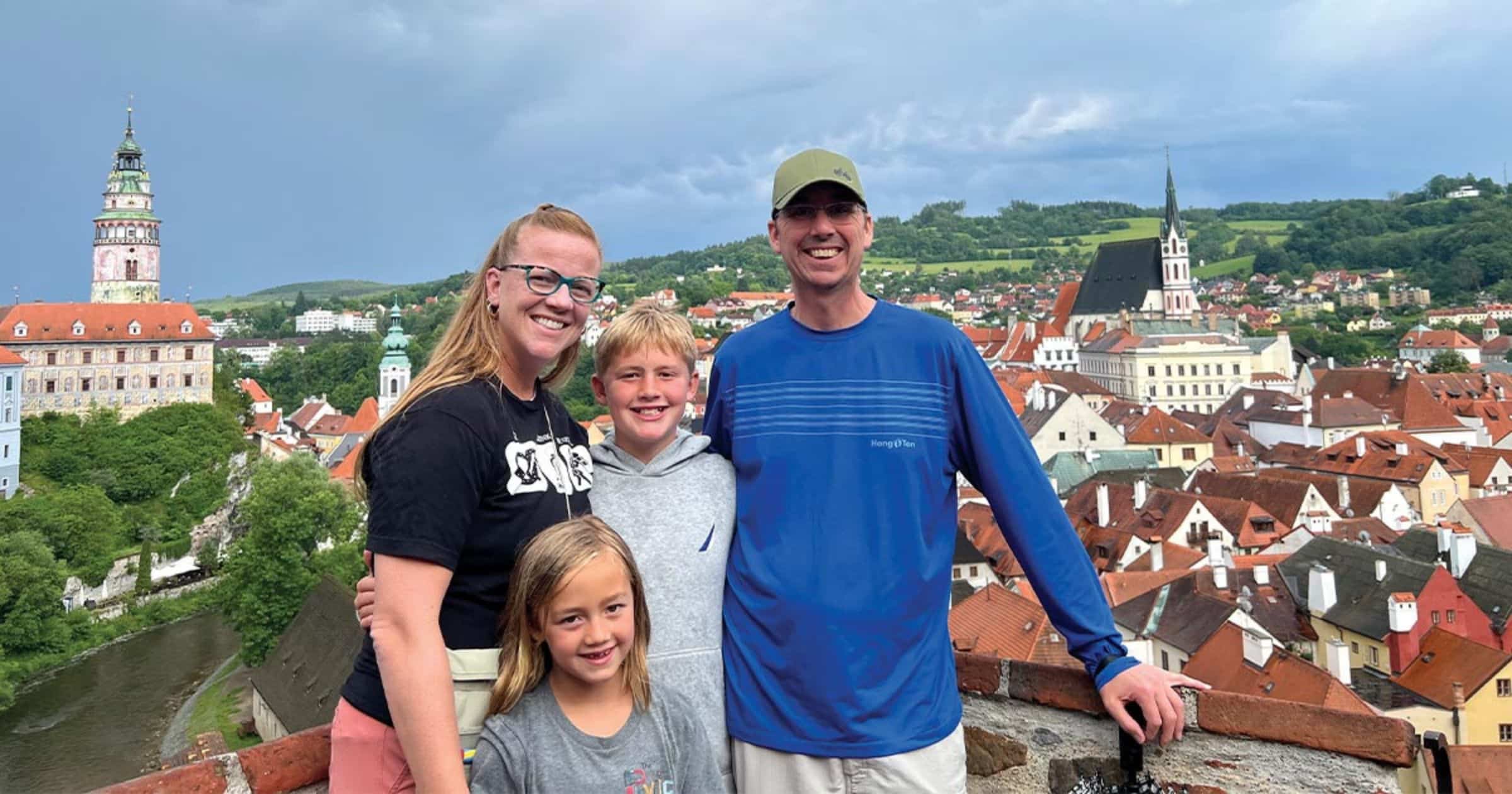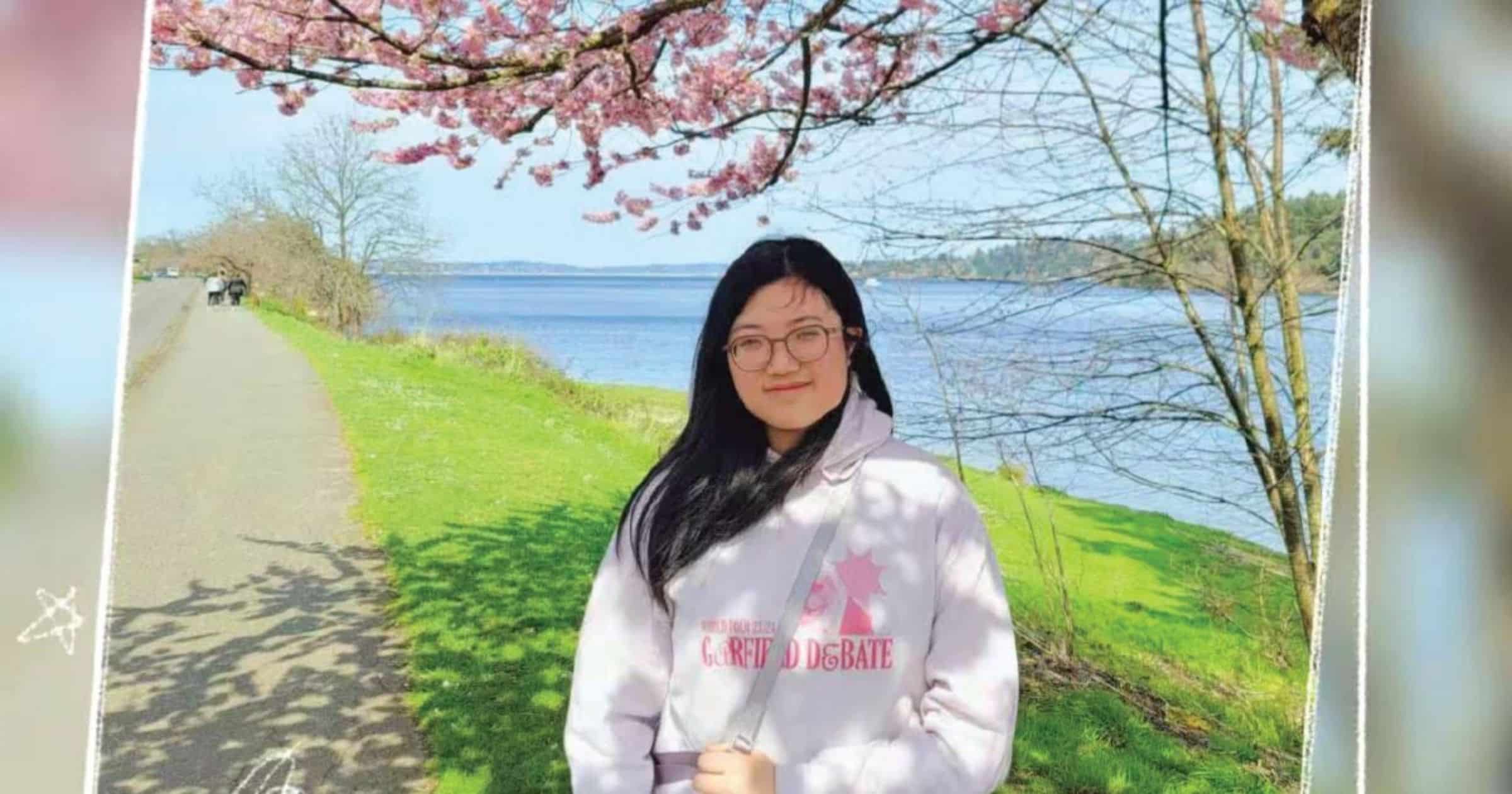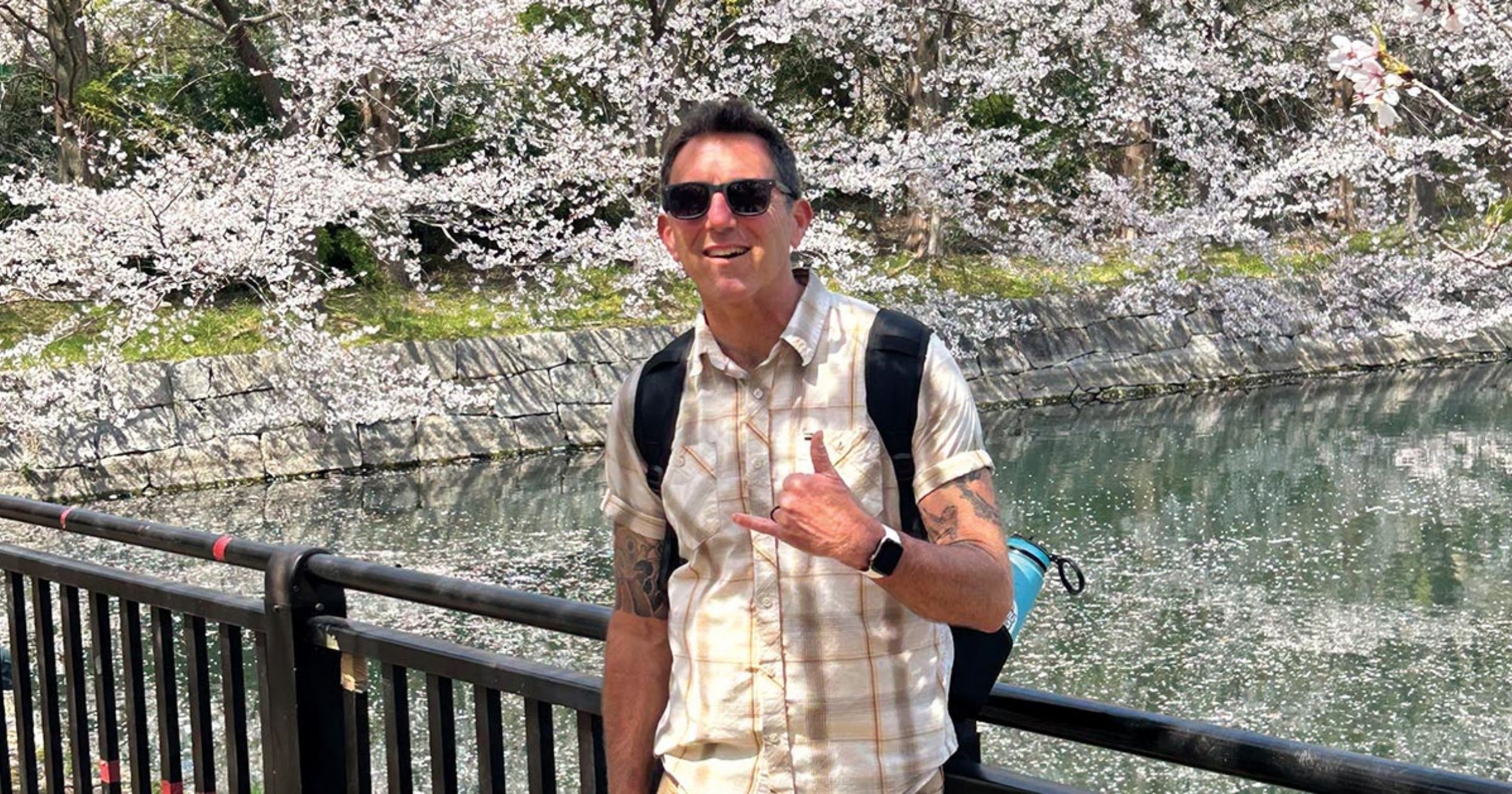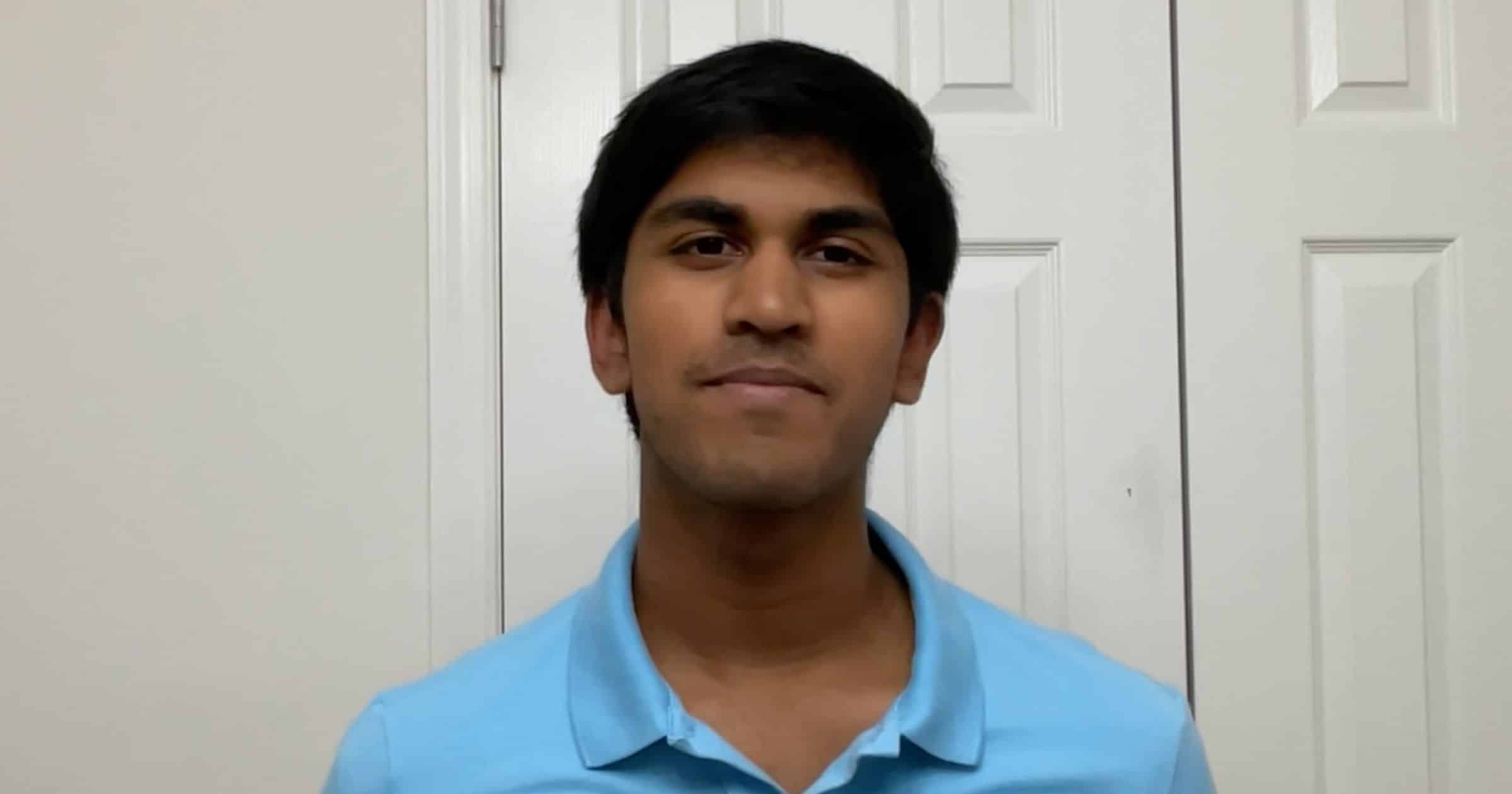Though Barbara Andersen is originally from Germany, having moved to the U.S. when she was nine, she didn’t initially plan to be a German language teacher. Her passion was (and still is) European history, and it was while on a trajectory to becoming a history teacher that her path diverged.
Frau Andersen was serving as a history intern and concurrently doing her student teaching at Castro Valley High School in California where she attended and also teaches today when her former high school German teacher approached her with an opportunity: To take over the school’s German program after she retired. Andersen had never really entertained the idea, but still she accepted.
That was nearly two decades ago. Going into it, Andersen knew that GAPP (the German-American Partnership Program, an exchange program) was going to be discontinued. And, because of that, the popularity and future of the school’s German language program was unknown. But, since she was dual credentialed in history and German and had the support of the school’s principals, the risk was low, yet the potential reward was high.
Looking back, she notes that one of the benefits of teaching German is that the students typically choose it, which isn’t always the case with required courses. “Even though history is my passion, the thing I love about teaching German is that it’s an elective, which means all the kids want to be there,” Andersen says. “I get to stay with them for four years, from 9th to 12th grade, and so they’re my babies.”
In building that nurturing relationship with her students, she felt like she wanted to do more for them than just teach them German. “Language is one thing, but trying to teach culture is tricky,” Andersen says. “I can say Germans do this, or Germans do that, or they love to do this, but really you have to experience it. You have to understand how the culture functions. And so, I really wanted to be able to show kids what Germany looks like.”
Without a formal exchange program at Castro Valley High, there wasn’t any school-sponsored student travel available for German students—until Andersen decided to start her own program. It runs in the summer when classes are on break, and they go every other year. The next trip is in 2026.
Today, everyone in the community knows about the program, and she doesn’t have to advertise or get buy-in to garner participation. It’s highly sought after for those interested in German studies. But, Andersen has some guidelines. She requires students to have two years of German under their belt before they can attend a trip. That’s not just because she wants them to have a comfort level with the language, but also because, as she says, “We need to have trust and an established bond before I can take a student to another country.”
Trip itineraries typically include a little bit of everything, though she tries to limit it to four cities so they can stay focused and slow down the pace. They’ll see historic places and landmarks, of course, but also explore art, architecture, and cuisine, and most trips include a school visit as well. And, because Andersen wants to make sure the kids stay engaged and interested, she adds in non-academic activities as well, such as mountain climbing and river rafting.
Though Andersen doesn’t have a favorite trip or city they’ve visited, she does enjoy seeing places she knows well from the students’ fresh perspectives. “Each time it’s a different group with different energy, and we always go to different places,” Andersen says. “And, each student views the experience differently—often opening my eyes to aspects I haven’t thought about before.”
There are different challenges, too. Andersen encourages everyone to keep an open mind and be flexible. “Every trip, there’s something random that happens,” she says. “I always tell the kids: ‘Nothing bad happens. You’ll just have a good story to tell.’”
That advice applies to teachers and trip organizers, too; to remember that it’s all of part of the bigger picture, to laugh about it, and to take it in stride.
Andersen also wants other teachers to know, if they’re concerned about the maturity level of their students on such a big excursion, that kids almost always step up and understand the weight of the experience—and take on a group mentality, acknowledging that not every activity will be their personal choice.
“A huge takeaway for me has been that kids are actually really great,” Andersen says. “They’re really fascinating human beings. Most kids are on top of it, and they don’t want to let people down. And, so, I love traveling with them, and I really love getting to know them, because I feel like when we come back, we have so much to talk about.”
It’s that attitude—and her efforts to broaden her students’ horizons—that earned Barbara Andersen a nomination for Teach & Travel Magazine’s Traveling Teacher of the Year Award. From the nominator: “[Barbara] looks at new situations and challenges with an attitude that is genuine, caring, and optimistic. She wants her students to be the best German speakers, as well as best people, that they can be.”
“On these trips, some of these kids are seeing the world for the first time, and that’s very dramatic,” Andersen says. “Some of them have never left California. And then they go to Germany and see another perspective, another culture, and another way of life. It’s just so valuable in so many different ways.”
Written by Allison Kay Bannister for the January/February 2025 edition of Teach & Travel magazine.




